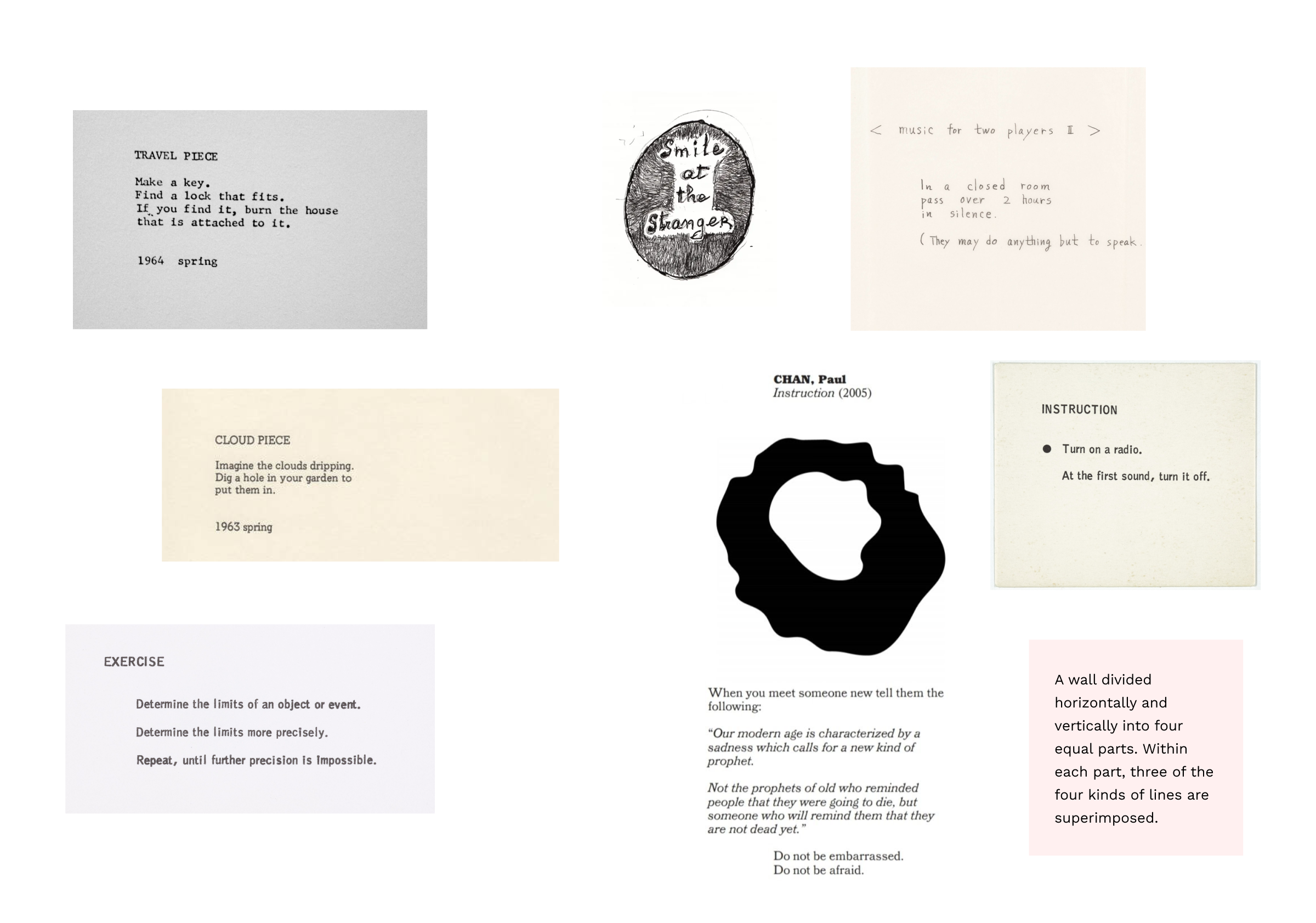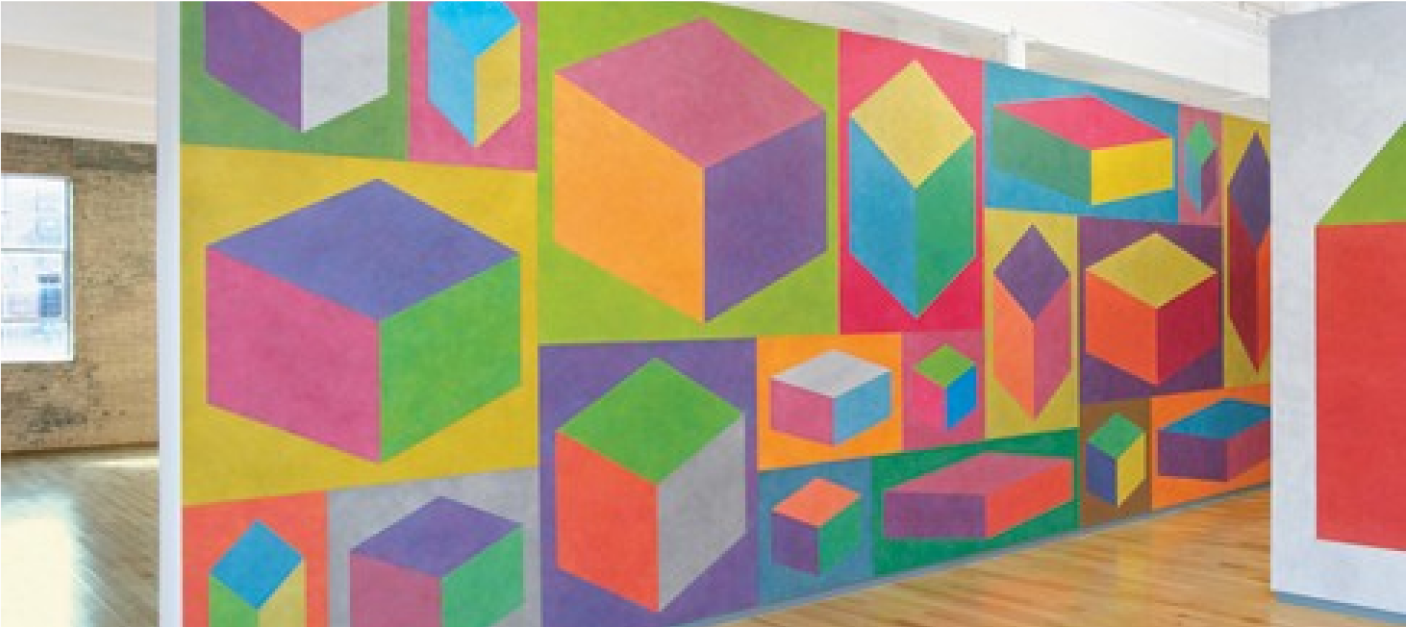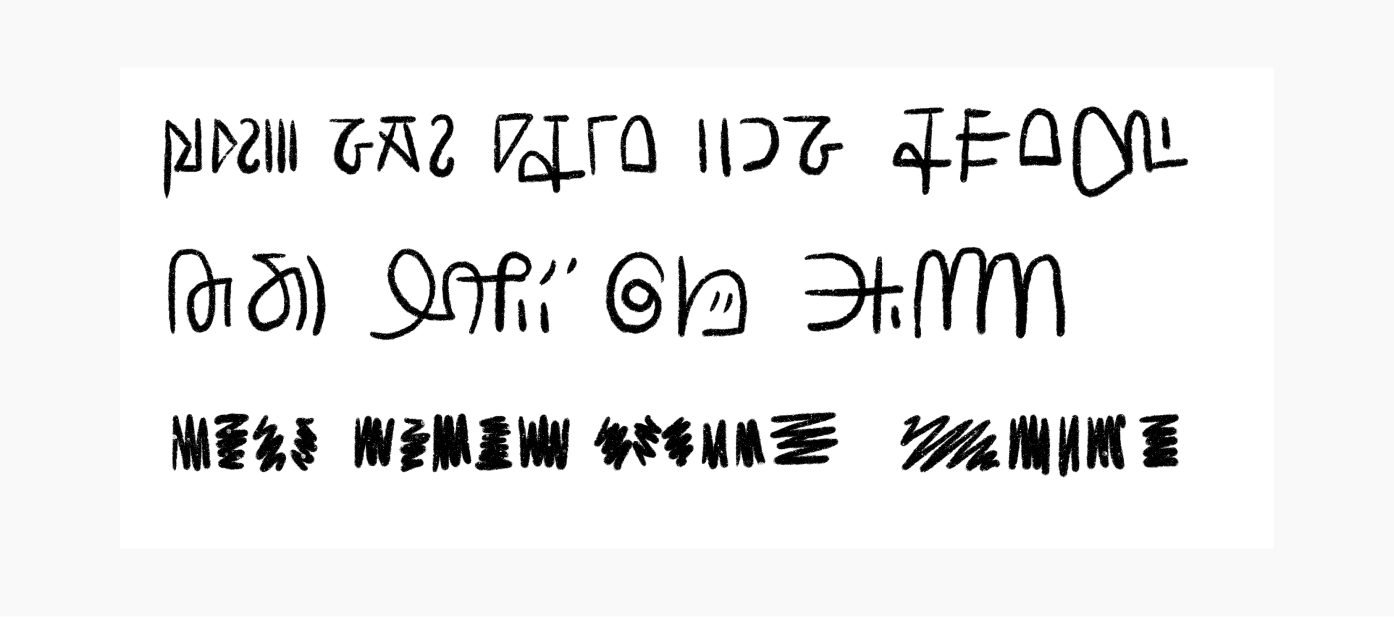Jan 2022 - Essay
What is Instructional Art?
The root of Instructional Art is the question - Can an idea be a work of art? The artist creates a set of instructions for the creation of art works. But whether the instructions are carried out or not is irrelevent. The instructions are what the artist delivers as the final piece of art.
Below are some examples
 Examples of Instructional Art
Examples of Instructional Art
Instructional Art is categorised as a sub-genre of Conceptual Art. It is the idea that art does not need to deliver a direct and easily understandable message, but rather should be left up to the interpretation by the viewer.
Artists of the Movement
Of the most influencial artists that I found were,
- Yoko Ono
- Sol LeWitt
- Bruce Nauman
- George Brecht
Instructions as an Order
Instructions do not allow for course correction. Instructions must be followed no matter the new learnings or discovers made on the path. The instructions keep us in order, in line. It is an order that is beyond our own inquiries and judgements.
This makes instructions powerful. Even if one believes something else, something better can be created, we prevent it.
Recreating a Sol LeWitt piece using code
I found this website called solvingsol.com started by Brad Bouse. It’s a website that calls from coders to recreate artworks using instructions left by Sol LeWitt.
I decided to make a contributing piece. I selected LeWitt’s Drawing No.766 (1994).
 Sol LeWitt Drawing No 766 / Photo Credit: MassMoCa.org
Sol LeWitt Drawing No 766 / Photo Credit: MassMoCa.org
Instructions: “Twenty-one isometric cubes of varying sizes, each with color ink washes superimposed.”
Here's my recreation using p5JS. Click to regenerate with a new variation. See the code.
Types of instructions
Back from the detour, here are the different type of instructions I saw being used. Instructions can be given to,
- write
- draw
- feel
- perform
Making my own instructions
I created some of my "instructional art pieces" to get a feel for things.
Drawing #1
Make a square grid of odd values (3x3, 5x5...)
Write an alphabet followed by a simple shape.
 Execution of Drawing #1 Instructions
Execution of Drawing #1 Instructions
Drawing #2
Draw lines reaching from the top to bottom on the page.
Make sure each line touches the previous one exactly once, but doesn’t intersect any line.
 Execution of Drawing #2 Instructions
Execution of Drawing #2 Instructions
Drawing #3
Write a sentence containing 3-6 words using made up alphabets.
Only you must know what it means.
 Execution of Drawing #2 Instructions
Execution of Drawing #2 Instructions
Learnings and Future Scope
Writing instructions requires clarity in thought. One needs to be precise. There are many interpretations of the same phrase.
Marcel Duchamp famously said - “As soon as we start putting our thoughts into words and sentences everyhign gets distorted, language is just no damn good - I use it because I habe to, but I don't put any trust in it. We never understand each other.”
Following instructions requires discipline and trust. Trust in the process without applying our own corrections along the way.
I want to apply instructions in my day-to-day life. Statements that must be followed without question and course-correction. We usually change our minds a lot during the art of doing. We are not stead-fast in our initial commitment.
I want to create a program to create drawing instrctions. I'm a while away from it.
References
- https://www.moma.org/explore/inside_out/2010/07/14/from-a-whisper-to-a-scream-following-yoko-onos-instructions/
- https://massmoca.org/sol-lewitt/
- https://solvingsol.com/
- http://radicalart.info/
- https://curatorsintl.org/special-projects/do-it
- https://artsandculture.google.com/project/do-it
- https://www.themarginalian.org/2013/06/03/do-it-the-compendium-hans-ulrich-obrist/
- https://www.moma.org/artists/756
- https://www.youtube.com/watch?v=0JsqVlo5Me0&ab_channel=Tate
- https://www.youtube.com/watch?v=tWr1dYaXzUc&ab_channel=FisunG%C3%BCner